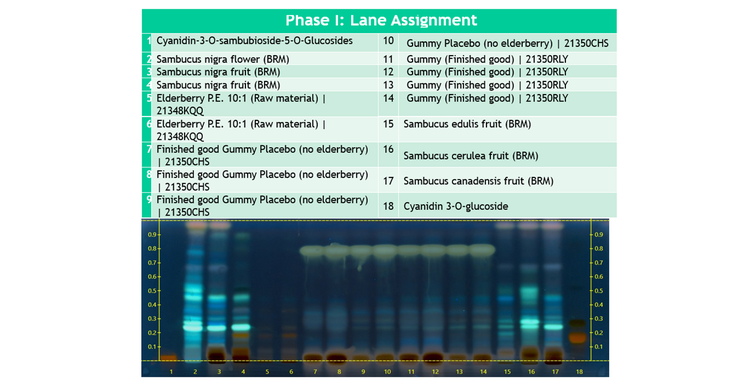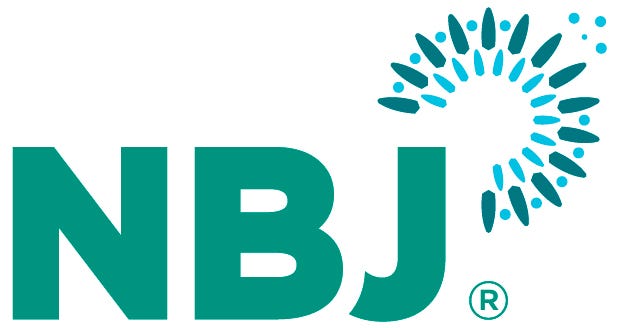
Remember the nanny we all wish we had when we were kids? Her name was Mary, and she wouldn’t make us take that nasty, bitter medicine by itself like our busy parents would. In fact, she made a catchy song about how to mask the icky taste of modern medicine, and in that moment, in 1964, the seed for the gummy industry was planted. It took another 30 years or so for the dietary supplement industry to realize it had a new/old delivery vehicle for its products, giving birth to the modern gummy vitamin. (While I don’t intend to challenge the world’s best nanny, I will point out that a small amount of sugar on my children’s medicine does not improve their life experience right before bed.)
Fast forward another 30 years, and there is now a gummy for just about every ingredient category in the dietary supplement industry—and not only for kids. As a solution to swallowing issues, pill fatigue or nasty-tasting tablets, gummies are a new vehicle to deliver our ingredients to consumers of all ages. Given their growing popularity, it will surely be disappointing to read the recent JAMA article stating that gummy quality variation is a thing. The study found that, out of the 25 gummy products tested, 88% were inaccurately labeled.
While I am curious about how one single test method was applied to 25 unique finished products, knowing the lab that performed the analysis (the National Center for Natural Product Research), I wouldn’t question their methodology too hard. What I find more concerning than the over-generalizing conclusion is the sample size, which is so tiny it’s almost reckless to draw broad-stroking conclusions.
The fact is that melatonin is easy to test, but once it’s added to a liquid suspension (a gummy), it’s an entirely different sample and much more complicated to test. There is generally no single method to test them all because each contains a wildly different formulation. To be accurate, every formulation requires a test method to be developed specifically for it. When a good lab is tasked with conquering the “test my gummy” challenge, we don’t simply throw a method against the wall and see if it sticks. We develop a new method specific to the unique formula.

In the lab
To illustrate this, let’s look at a real-life example from our lab. We were recently tasked with finding the elderberry fruit extract in a company’s gummy, and the experiment was fascinating. If we tested the gummy with the elderberry fruit extract method, it would surely fail because the test subject was not elderberry fruit extract but rather a complicated liquid suspension that may or may not contain elderberry fruit extract.
Samples of a gummy (finished product), a placebo containing all ingredients except elderberry fruit, and each individual component were submitted for testing. We began with Phase 1, qualification of the elderberry fruit extract (raw material) by HPTLC (high-performance thin-layer chromatography), which immediately revealed in lanes 5 and 6 a potential quality problem that was confirmed later. The purpose of this analysis was to analyze the raw material, finished product and placebo against botanical reference materials of elderberry, including related species and plant parts, and other chemical compounds of interest.
Next was Phase 2, illustrated above, a side-by-side HPTLC fingerprint of each individual component with a stepwise reconstruction of the finished good's formula (dry mix). At each step, we built the formulation one ingredient at a time, allowing us to see how each addition to the formulation affected our ability to test for the key active ingredient, elderberry.
On this plate, lane 2 is the elderberry raw material used in the finished gummy. Then, from left to right, each component was added at its concentration in the finished product. For example, lane 5 contains the contents of the ingredients in lanes 2-4, plus ascorbic acid, all at their proportionate concentrations in the blend, etc.
As expected, we again see the sample components with significant impact: ascorbic acid in lane 5, color-fruit in lane 11, masking agent in lane 13 and melatonin in lane 16.
This analysis, in conjunction with the side-by-side HPTLC fingerprint of each individual component, demonstrates how each component impacts the phytochemical profile of the elderberry raw material.
Lanes 16-18 are of special interest as they are the dry mix (16), finished good (17) and placebo (no elderberry) (18).
In conclusion (I’ve always wanted to write that!), Phase 1: Elderberry raw material has characteristics of a customized extract derived from elderberry (Sambucus sp.) fruit. That’s special Alkemist language that means it’s there, but we have seen much higher-quality elderberry fruit extracts. In Phase 2, per the analyses described, there is adequate evidence with specificity between the dry mix, finished product and the placebo to demonstrate that elderberry fruit is present in this gummy (dry mix). However, as we added ingredients, the elderberry became difficult to detect.
From this experiment, we can see how important it is to develop a method as unique as the complicated finished product, in this case a gummy. It shows us that it is possible to identify a botanical in a busy formulation using HPTLC, but it would be easier to do that if the starting ingredient were of high quality.
There are other lessons learned in all of this, and one of them is far simpler than questions of scientific method: garbage in, garbage out. If, as an industry, we could refocus our sights on efficacious dosing of quality ingredients, we might fare better when the “gotcha” investigators show up.
Lastly, challenge the science. The JAMA study set its sights on a very narrow cross section of our industry. The researchers didn’t go to the store and buy only reputable brands—and perhaps they shouldn’t. Even so, I can assure you, there are plenty of brands that would have made that study less exciting had they chosen them to test.
 This article first appeared in Nutrition Business Journal’s Condition Specific Issue. Sign up for NBJ’s bi-weekly Analyst’s Take newsletter for more industry insights.
This article first appeared in Nutrition Business Journal’s Condition Specific Issue. Sign up for NBJ’s bi-weekly Analyst’s Take newsletter for more industry insights.
About the Author
You May Also Like



